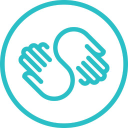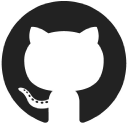On Developing Tools For Training Socio-Emotional Skills
Hello! Who are you and what business did you start?
Hey! My name is Adela Barbulescu and I co-founded Emoface. We are a research spin-off that develops tools for training socio-emotional skills for people that have difficulties in social interactions, such as people on the autistic spectrum.
Our flagship product is Emoface Play&Learn emotions, an application that proposes an adapted learning platform in which autistic kids train by playing and interacting with expressive 3D avatars. The application addresses health and education professionals that accompany the kids, such as psychologists and speech therapists, and also family members. This is our first application and we made a “soft” launch in April 2021, after having been used by more than 600 professionals and parents.
Our next product will represent a visual content creation tool for professionals that uses AI to generate emotional 3D animations. Our first products address autism because it presents a well-identified and urgent need: people on the autistic spectrum have difficulty expressing, recognizing, and managing emotions, which creates serious problems in terms of social...

Download the report and join our email newsletter packed with business ideas and money-making opportunities, backed by real-life case studies.

Download the report and join our email newsletter packed with business ideas and money-making opportunities, backed by real-life case studies.

Download the report and join our email newsletter packed with business ideas and money-making opportunities, backed by real-life case studies.

Download the report and join our email newsletter packed with business ideas and money-making opportunities, backed by real-life case studies.

Download the report and join our email newsletter packed with business ideas and money-making opportunities, backed by real-life case studies.

Download the report and join our email newsletter packed with business ideas and money-making opportunities, backed by real-life case studies.

Download the report and join our email newsletter packed with business ideas and money-making opportunities, backed by real-life case studies.

Download the report and join our email newsletter packed with business ideas and money-making opportunities, backed by real-life case studies.

























































